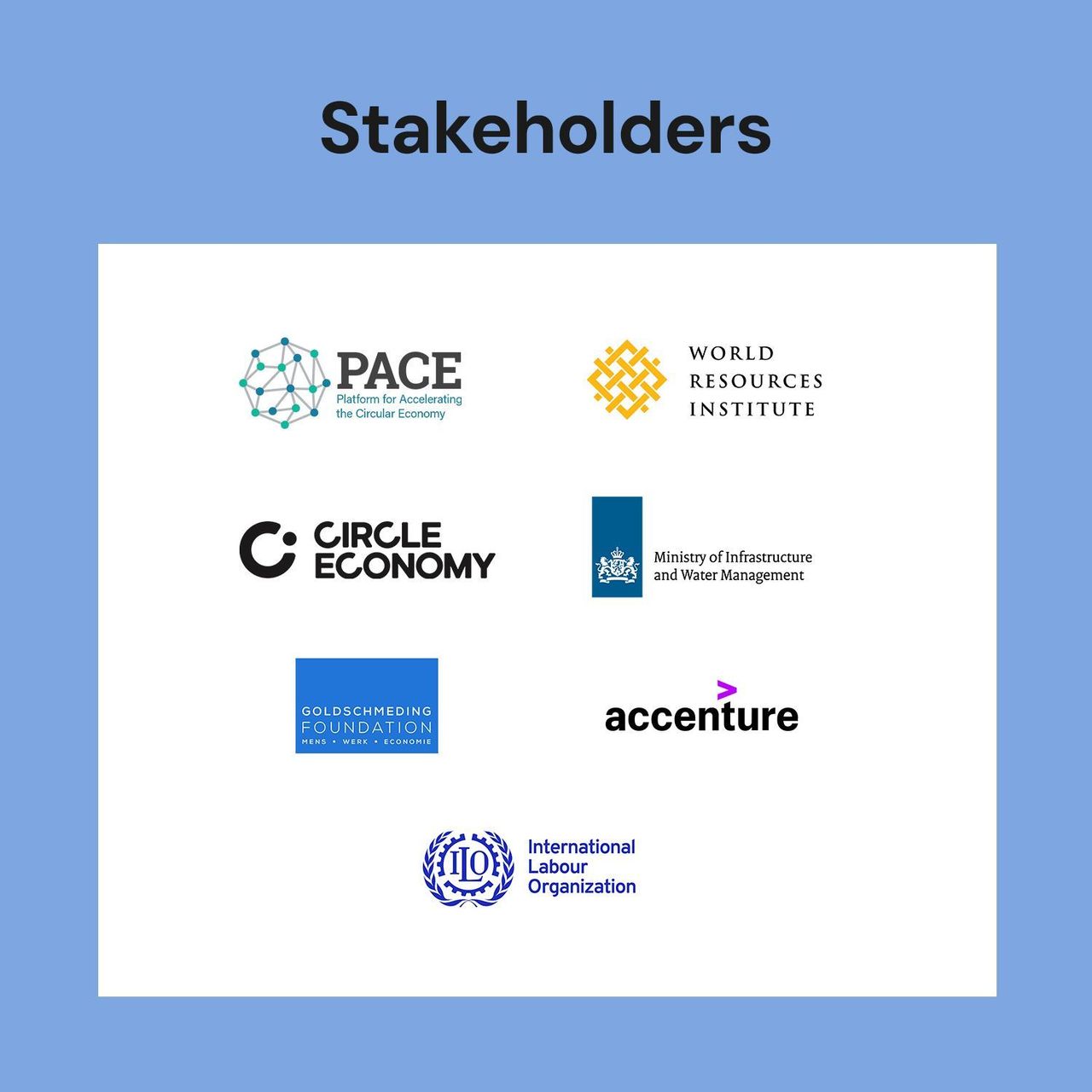Circular Economy Indicators Coalition
The Platform for Accelerating the Circular Economy (PACE) and Circle Economy have established the Circular Economy Indicators Coalition (CEIC) to drive harmonization and increased application of circular indicators.
The context
The transition to a circular economy requires systemic change across all sectors and is complex in terms of the goals and stakeholders it encompasses. Indicators and metrics are crucial to steer the transition, build cohesion, monitor progress, and evaluate the impact of circular economy interventions.

The breadth and variety of indicators to measure circularity has grown significantly in the past few years, with key stakeholders speaking ‘many languages’. Several branded frameworks have emerged as generic guidance on how to measure progress on circularity, and several initiatives exist to work towards standardizing terminology and indicator frameworks at higher levels. However, with a variety of challenges ranging from limitation in indicator coverage to data availability and collection, the circular economy metrics field is still on its way to maturity. For indicators to be successful in supporting stakeholders guiding the transition, they must be consistent, meaningful, widely accepted, and easy to understand.

Our goals
Building on the current indicators landscape, the CEIC aims to:
Create an overview
Create an overview and provide access to increase the use of meaningful circularity indicators to measure the progress and impact of the circular economy.
Connect key initiatives
Connect key initiatives and stakeholders to facilitate exchange, improve alignment, and bridge critical gaps.
Our history
Since 2020, the CEIC has developed influential reports and guidance to help businesses and governments navigate circular economy metrics, set meaningful targets, and accelerate the transition to circular practices.
2020
CEIC released the Circular Metrics for Business report, a step-by-step guide to help companies choose the right circularity metrics. This practical tool enables businesses to identify opportunities for innovation and communicate the benefits of circular strategies to shareholders, customers, suppliers, and employees.
2021
The Circular Indicators for Governments report provided an in-depth analysis of public sector metrics and highlighted opportunities for action. Together with the business report, it offered the first comprehensive picture of how both the private and public sectors approach circular economy measurement.
2022
At COP27, CEIC, with support from Accenture, launched the discussion document Corporate Target Setting for the Circular Economy: Mobilising Measurable Progress. It explored challenges in setting circular targets and presented solutions to mobilise more businesses toward measurable circular progress.
2023
At the World Economic Forum, CEIC published the Corporate Circular Target-Setting Guidance. Building on the COP27 document, this guidance provided businesses with a clear starting point for selecting, setting, and reporting impactful circular targets. It consolidated standards, tools, and methodologies, and showcased best-practice KPIs to harmonise the circular metrics landscape.
Looking ahead
Circular target-setting remains an evolving process. The CEIC continues to update guidance as science and frameworks advance and invites companies to share their experiences to co-create more impactful, science-based circular economy targets.
What gets measured gets managed, but where do you start?
We’ve created a library of the latest circular economy indicators so you can start measuring the progress towards a circular economy.


